The seedless lemon tree planting model in Thien Nghiep commune (Phan Thiet) has initially achieved results, the trees grow well on sandy land that lacks water for production. This is a crop conversion suitable for local climate and soil conditions.
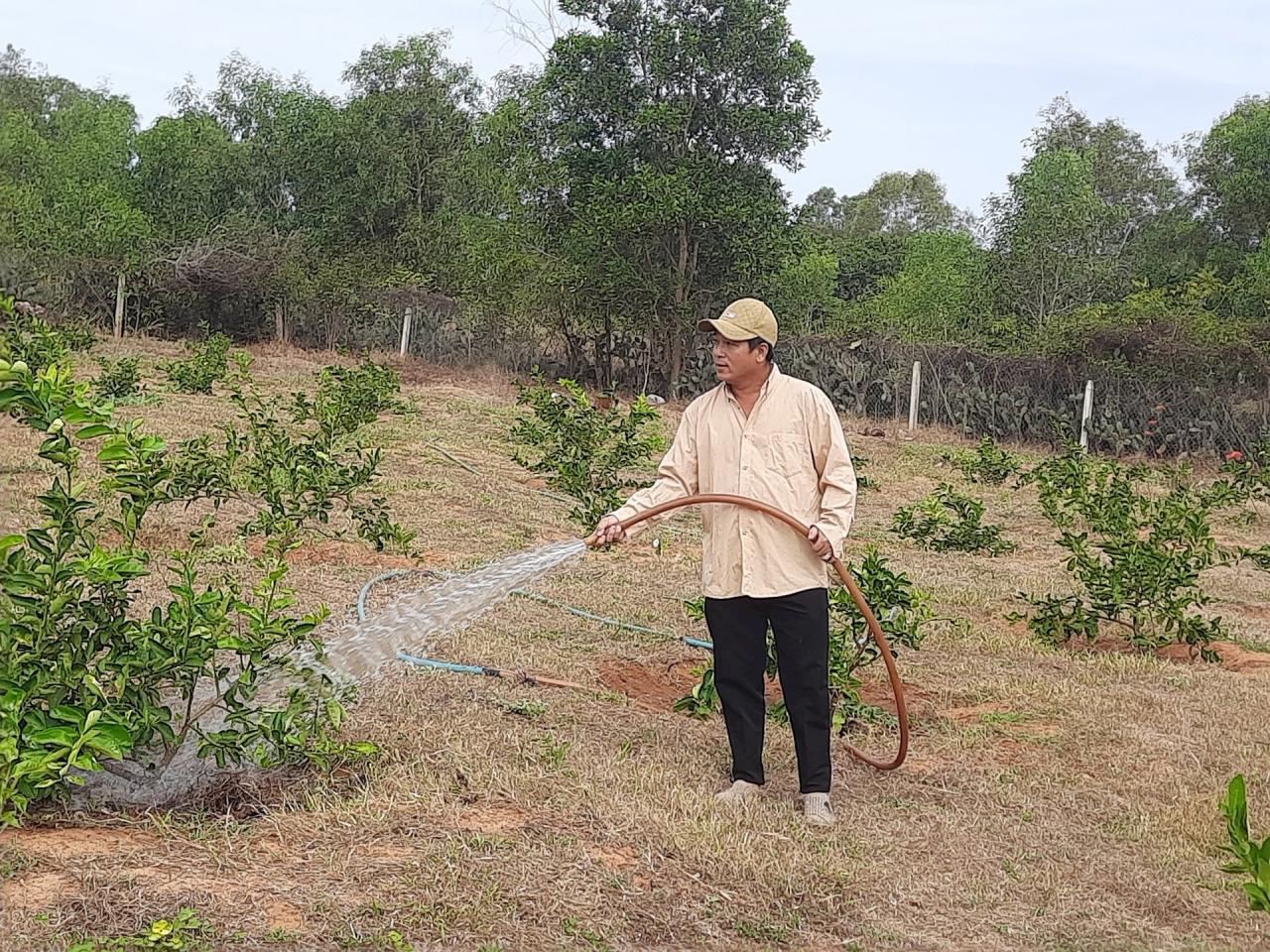
Thien Nghiep Commune has 3 households participating in the seedless lemon growing model, with a planting area of 0.5 ha, equivalent to 500 trees. The model is implemented in the form of the State supporting 50% of seeds, 40% of fertilizers and pesticides, and households contributing the remaining counterpart capital according to the norm. Seedless lemon is one of the agricultural products with high export value and stable output.
Mr. Ly Thanh Phung, Thien Binh village (Thien Nghiep commune) shared: “Thien Nghiep is a land lacking water, mainly growing cashew trees, but the income from this tree is not high. Thanks to the support of the People's Committee of Phan Thiet city and the People's Committee of Thien Nghiep commune, 3 households converted to growing seedless lemon trees, the trees grew well, initially achieving efficiency. With this lemon tree, the grower has to take care of it, use more water than with cashew trees, the better the care, the lower the loss rate and control stem borers.
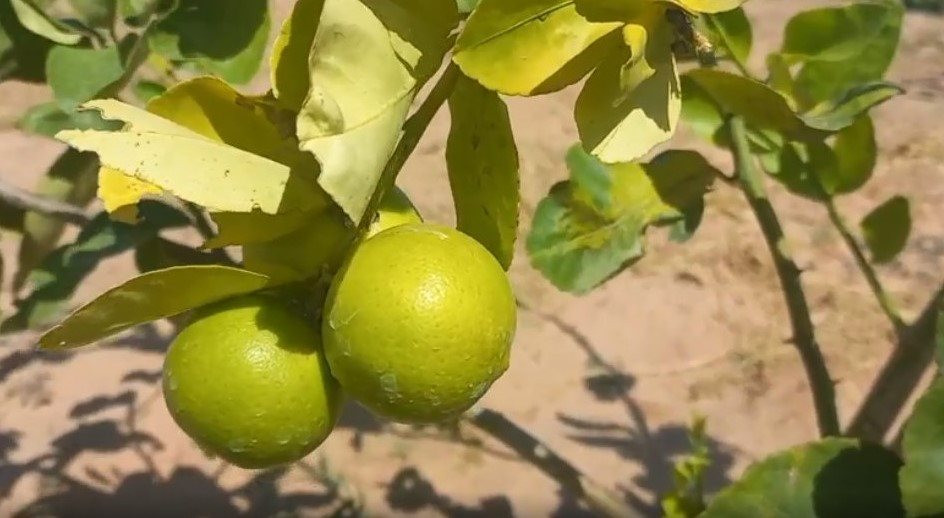
With 3 households growing seedless lemons, the lemon trees grew well, harvested the first batch of fruit, the lemons were big, round, juicy, with a selling price of 15,000 VND/kg. Mr. Phung did not harvest the fruit in the first batches, because the yield was not high, the tree was easily exhausted. Therefore, Mr. Phung continued to nurture the tree to harvest in the next batches.
According to the Phan Thiet Agricultural Technical and Service Center, after 16 months of monitoring the growth and development of seedless lemon trees, this crop is suitable for the soil and land conditions of the sandy land of Thien Nghiep commune. The center guides households on timely measures to prevent and control some harmful pests such as leaf miners, root-eating worms, yellow leaf rot, and leaf spot disease. Therefore, the survival rate of the trees is 96%.
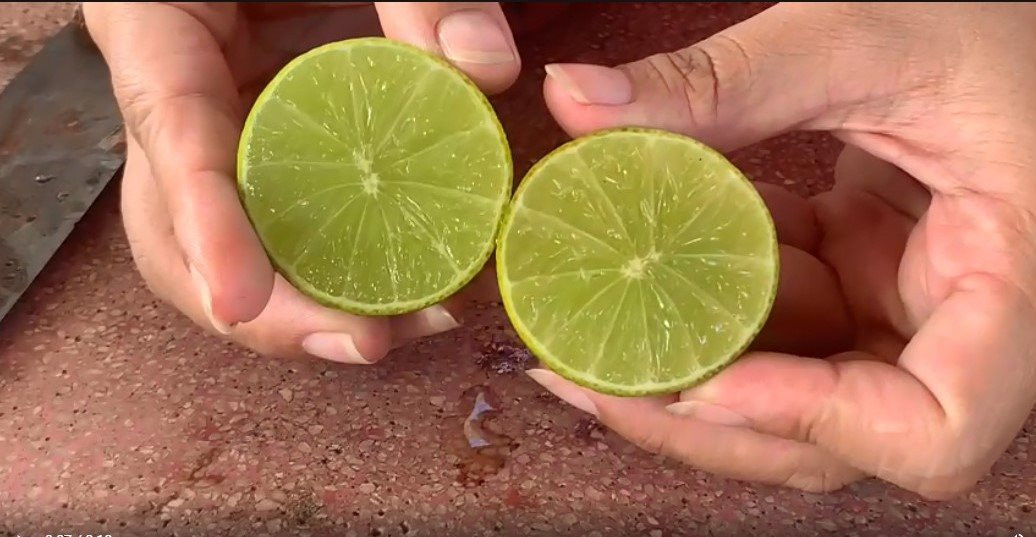
Ms. Pham Thi Bich Thom - Director of Phan Thiet Agricultural Technical and Service Center said: The seedless lemon growing model helps people convert crops to increase income, improve life and diversify agricultural products in Thien Nghiep commune. Seedless lemon trees are suitable for many different types of soil, including sandy or sandy loam soil. However, the tree will not tolerate waterlogging. This model has the potential to be replicated in Thien Nghiep commune, so the Center is always ready to accompany people to provide technical guidance and plant care.
According to Ms. Thom, seedless lemon growers need to pay attention to the following techniques. That is, buy healthy, disease-free seedlings from reputable sources; choose grafted trees to ensure an earlier harvest time; transport trees to avoid "disturbing" the roots and breaking the tree; after transporting, let the tree stabilize before planting, water to keep it moist; in the summer, cover with dry straw, about 20 cm from the base; prune branches to create a canopy to help the tree be airy and have fewer pests and diseases.
To effectively prevent pests and diseases on lemon trees, spray pesticides when the new shoots are about 10 cm tall, using low-toxicity pesticides or biological pesticides. This helps seedless lemon trees not only prevent pests and diseases but also ensure safety for growers and harvested products.
Source


![[Photo] National conference to disseminate and implement Resolution No. 66-NQ/TW and Resolution No. 68-NQ/TW of the Politburo](https://vphoto.vietnam.vn/thumb/1200x675/vietnam/resource/IMAGE/2025/5/18/adf666b9303a4213998b395b05234b6a)



![[Photo] Prime Minister Pham Minh Chinh chairs meeting on science and technology development](https://vphoto.vietnam.vn/thumb/1200x675/vietnam/resource/IMAGE/2025/5/17/ae80dd74c384439789b12013c738a045)
![[Photo] More than 17,000 candidates participate in the 2025 SPT Competency Assessment Test of Hanoi National University of Education](https://vphoto.vietnam.vn/thumb/1200x675/vietnam/resource/IMAGE/2025/5/17/e538d9a1636c407cbb211b314e6303fd)

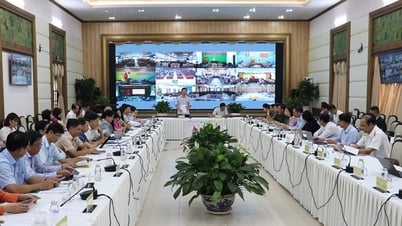


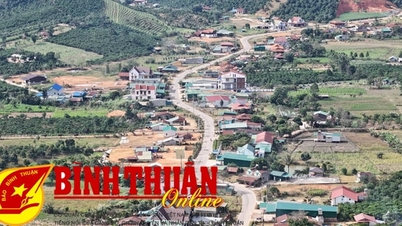
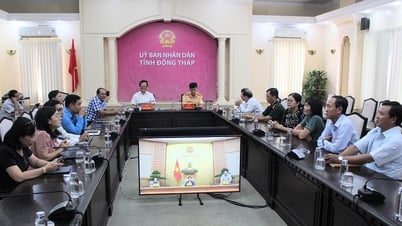

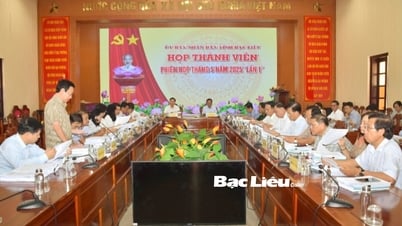










![[Photo] Readers line up to visit the photo exhibition and receive a special publication commemorating the 135th birthday of President Ho Chi Minh at Nhan Dan Newspaper](https://vphoto.vietnam.vn/thumb/1200x675/vietnam/resource/IMAGE/2025/5/17/85b3197fc6bd43e6a9ee4db15101005b)

















































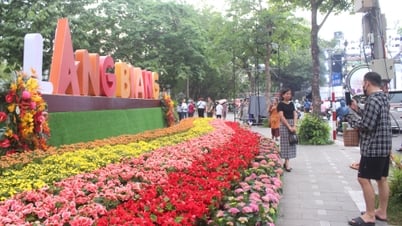

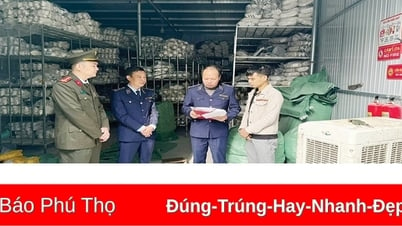



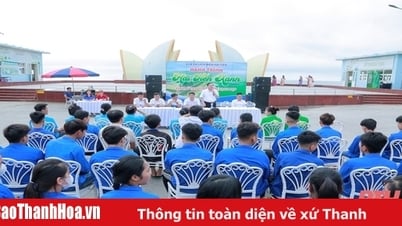











Comment (0)